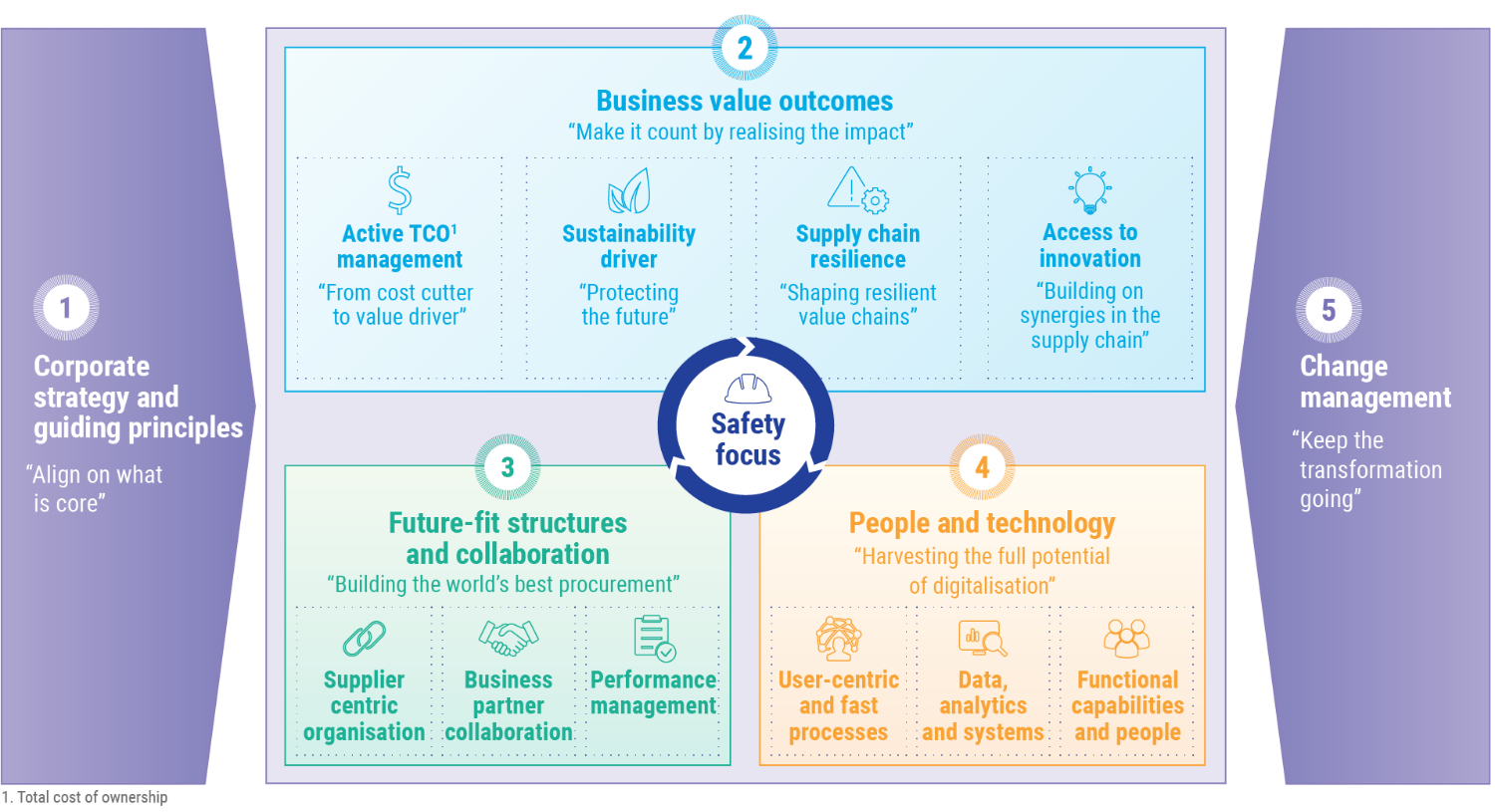Supply chain
GRI reference: 2-6
Supply chain management
Supplier distribution | 2021 | 2020 | 2019 | 2018 | 2017 |
|---|---|---|---|---|---|
Total suppliers by region (number) | 5,659 | 5,777 | 6,362 | 5,721 | 5,536 |
Australia | 1,942 | 2,216 | 2,215 | 1,986 | 1,941 |
Mainland China | 1,216 | 1,142 | 1,166 | 1,011 | 995 |
Hong Kong | 1,025 | 1,013 | 1,000 | 950 | 899 |
India | 1,197 | 1,134 | 1,704 | 1,476 | 1,443 |
Others (Asia Pacific) | 67 | 70 | 77 | 84 | 70 |
Europe | 112 | 121 | 118 | 129 | 112 |
America | 98 | 78 | 77 | 78 | 69 |
Rest of the world | 2 | 3 | 5 | 7 | 7 |
Payment to suppliers | 2021 | 2020 | 2019 | 2018 | 2017 |
|---|---|---|---|---|---|
Total payment to suppliers by region (HK$M) | 43,997 | 36,544 | 36,746 | 39,183 | 30,868 |
Australia | 10,617 | 8,526 | 8,356 | 9,410 | 7,184 |
Mainland China | 17,226 | 15,577 | 11,603 | 10,339 | 8,343 |
Hong Kong | 8,296 | 8,501 | 8,888 | 8,917 | 7,264 |
India | 2,977 | 1,999 | 3,104 | 4,597 | 2,527 |
Others (Asia Pacific) | 3,016 | 960 | 3,093 | 4,363 | 4,467 |
Europe | 1,630 | 753 | 1,234 | 1,170 | 830 |
America | 232 | 221 | 458 | 380 | 241 |
Rest of the world | 3 | 5 | 10 | 7 | 12 |
Overview
Copy linkCopied link
The success of a business depends on a range of factors beyond its operational boundaries. One key factor is its supply chains.
CLP recognises suppliers as a core asset as it relies on the equipment, fuel and other resources they provide to successfully generate and deliver electricity and services to customers. Well-managed and optimised supply chains support cost control, improve business outcomes and define a competitive advantage.
Due to its interconnected and interdependent nature, strong supply chain management is necessary to protect CLP, suppliers, customers and communities from the potential knock on effects of any changes in the operating environment. For customers, they may include reliability of CLP’s energy supply. For CLP, the potential knock on effects include regulatory and reputational risks arising from increasing expectations. In particular, companies are expected to understand – and manage – the risks of child or forced labour in its supply chains.
The need for close collaboration requires the alignment of CLP’s targets and objectives with those of its business partners. Through its spend with suppliers, CLP contributes to economies and local communities by creating jobs. It can also positively augment suppliers’ practices through partnership and collaboration and, if appropriate, mandate higher standards of safety, environmental protection and labour practices.
Key stakeholders
- Customers, Suppliers, Communities
Related material topics
- Reinforcing resilience in a changing operating environment
- Aligning business activities with community, employee and customer expectations
- Upholding labour standards in the supply chain
Supply chain management
Copy linkCopied link
Responsible procurement
Copy linkCopied link







